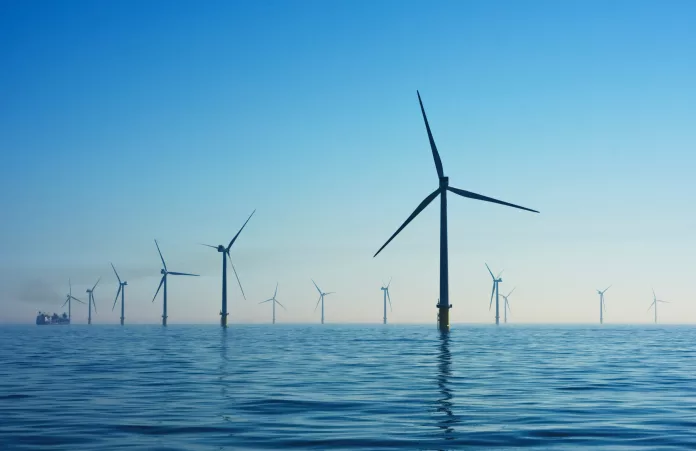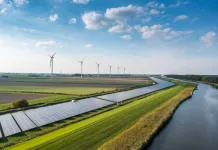Amidst the pursuit of renewable energy, the Biden Administration has placed emphasis on the responsible development of offshore wind resources in the Gulf of Maine. This strategic approach prioritizes both sustainability goals and the preservation of marine wildlife, particularly the endangered North Atlantic right whales.
Strategic Siting for Sustainable Development
In a move to harmonize ecological conservation with energy initiatives, the identified Final Wind Energy Area (WEA) in the Gulf of Maine is strategically distanced from pivotal habitats of the imperiled North Atlantic right whales. With the looming threat of climate change, offshore wind energy becomes a compelling alternative. This alternative resonates with a dual promise: reducing greenhouse gas emissions and fostering economic growth through sustainable job creation. Nevertheless, the race to harness the wind must be balanced against the paramount need to shield marine life from inadvertent harm.
North Atlantic Right Whales at Risk
The plight of the North Atlantic right whales is deeply concerning, with a multitude of hazards threatening their existence. Vessel strikes, entanglements with fishing gear, noise pollution, and malnutrition collectively compound the pressures facing these whales. Moreover, climate change imposes additional adaptive challenges upon them. In this critical state, the survival of the species hinges on zero tolerance for human-induced fatalities.
Mitigating Impacts on Marine Life
The offshore wind industry, though not the direct cause of the right whale crisis, must nevertheless address it with sensitivity. Safeguarding marine mammals requires a comprehensive suite of mitigation strategies. This includes reducing risks associated with vessel traffic, noise, and habitat disruption. Furthermore, with the advent of floating offshore wind technologies suited to the Gulf’s deeper waters, new considerations, such as the risk of entanglement, must be taken into account.
Science-Guided Siting Decisions
The Gulf of Maine is a defined critical habitat for the North Atlantic right whales, yet scientific insight reveals regional disparities in habitat significance. Such knowledge is vital in identifying low-impact areas for offshore wind development. Despite challenges in avoiding high-importance habitats, stringent protective measures are essential at every phase of the wind energy lifecycle to ensure the whales’ safety.
The Bureau of Ocean Energy Management (BOEM) has delineated a Final WEA that insightfully steers clear of crucial right whale habitats. This responsible delineation spans over two million acres and anticipates producing an impressive 32 gigawatts of wind energy.
BOEM’s Precautionary Measures
BOEM’s siting choices reflect a commitment to the North Atlantic Right Whale and Offshore Wind Strategy, a collaborative effort with NOAA Fisheries to prioritize whale protection. The removal of designated fishing restricted areas, known to be vital to the whales, underscores this intent. Additionally, adjustments were made to accommodate new evidence for migratory paths and foraging grounds critical to marine life, including right whales and various bird species.
Yet Challenges Remain
Despite these efforts, certain regions deemed important for right whales have been retained for potential development. Continuing under review are locations like the central Gulf of Maine and portions of Wilkinson Basin, both integral to the whales’ prey distribution.
The Path Forward
As BOEM progresses with leasing, it faces the imperative to implement environmental measures to reconcile wind development with ecological integrity. This will necessitate robust mitigation and monitoring strategies, adaptive management, and an enduring commitment to learning and refining our approach as new data surfaces.
The nascent nature of floating offshore wind technology, coupled with the ecological complexity of the Gulf of Maine, underscores the need for thorough baseline studies and vigilant post-project evaluations. The collective goal must remain steadfast: to foster a responsible partnership between renewable energy and the enduring health of our ocean’s ecosystems.

























